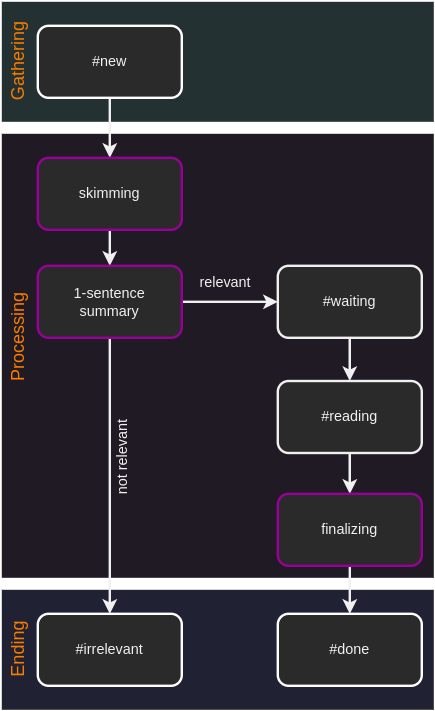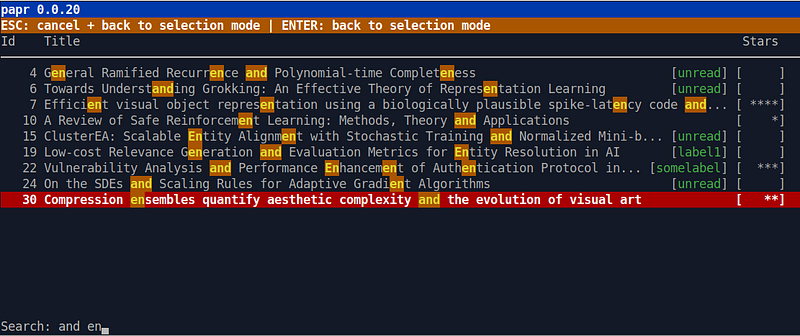Optimizing Your Scientific Paper Reading Workflow
Written on
Chapter 1: Introduction to Research Reading
Reading scientific literature has always captivated my interest. My specific focus lies in the intersection of security and machine learning, particularly concerning vulnerabilities within machine learning systems. Over the past few years, there has been a notable surge in the machine learning community's interest in this area, leading to a plethora of published research. To keep pace with these developments, I've cultivated a habit of regularly reading papers from the machine learning field. However, I quickly discovered that without a structured approach, it's easy to become overwhelmed, leading to a collection of partially read papers and scattered notes.
To address this challenge, I spent years refining a systematic workflow that allows me to effectively manage and track all my downloaded papers. In this article, I aim to share this workflow so that others may benefit from my experience.
It's important to note that there is no one-size-fits-all solution when it comes to reading workflows. Throughout the years, I have explored various paper reading methodologies, adapting them to create a personalized system that suits my needs. As such, while the workflow I present here has proven effective for me, you may need to tweak it to better fit your own habits.
The focus of this article is not on the mechanics of reading papers, but rather on the management of them. I will outline the steps I take from the moment I encounter a paper until I either complete my reading or decide it's not relevant.
Video Description: Explore an efficient workflow for reviewing over 200 academic papers and enhancing your research capabilities.
Chapter 2: Understanding the Workflow
My approach to reading papers can be broken down into three main stages, with a fourth stage—reviewing—kept separate for clarity. The stages I define are gathering, processing, and concluding.

Stage 1: Gathering Papers
The gathering phase involves collecting papers. When I come across a potentially interesting paper (primarily those concerning machine learning security), I download it and tag it with #new. I utilize a simple command-line tool I developed called Papr, which allows for quick downloading and organizing of papers without the need for a web browser or a resource-heavy application.

Stage 2: Paper Sources and Selection Criteria
I primarily source papers from arXiv, where I check the Cryptography and Security category weekly. I specifically look for papers also categorized under Machine Learning (cs.LG). To streamline this process, I created a Tampermonkey script that highlights relevant papers based on keywords and authors.
When I find an intriguing paper, I copy its URL and use Papr to download it along with its abstract and other pertinent information. I focus on papers accepted at conferences or journals, as they tend to have undergone peer review.
Stage 3: Processing Papers
All gathered papers are stored in a central location via Papr, which maintains a database in my Dropbox. I begin the processing stage by skimming through the #new labeled papers. I usually focus on the abstract, introduction, and conclusion within a time limit of 5 to 10 minutes.
After skimming, I write a concise summary, typically one or two sentences, and reassign the paper a label of either #waiting or #irrelevant based on my assessment.
Video Description: Discover a comprehensive workflow for reading, organizing, and maintaining academic papers and articles effectively.
Stage 4: Finalizing and Reviewing Papers
Once I complete reading a paper, I assign it a star rating and topic labels, keeping the number of labels minimal to avoid confusion. I also summarize my findings and link related papers to build a knowledge graph for future reference.
I conduct weekly reviews, focusing on papers labeled #irrelevant or #done, to reinforce my understanding and enhance the connections between different works.
Conclusion
Engaging with scientific literature is an invaluable way to enhance knowledge. However, doing so without a structured method can lead to chaos and lost insights. By implementing the workflow I’ve outlined, you can streamline your reading process, ensuring that you retain and effectively utilize the information you gather.
For further insights and updates, feel free to follow my work on Medium for more articles like this one.